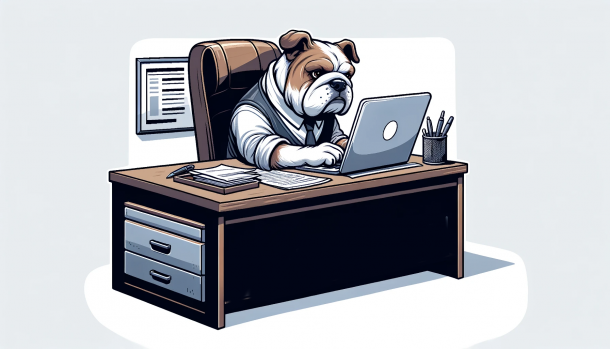However, you might be overlooking a small, yet incredibly significant detail that could dramatically improve your website’s accessibility, SEO, and overall user experience: alt-tags on your images. Here’s a deep dive into why adding alt-tags to your images is crucial and how they can make a world of difference to your website.
What are Alt-Tags?
Alt-tags, also known as “alt-text” or “alt-attributes,” are HTML attributes applied to image tags to provide a text alternative for those images. When an image on a webpage doesn’t load or when a visitor uses assistive technology like a screen reader, alt-tags are what will appear in place of the image.
The Role of Alt-Tags in Accessibility
At its core, the internet was designed to be a resource accessible to all, regardless of physical or cognitive abilities. By using alt-tags, you’re helping to maintain that principle. They provide a description of your images for those who have visual impairments and use assistive technology to browse the web.
Without alt-tags, these visitors miss out on the information conveyed by your images. As such, including meaningful alt-tags on your images is not only the right thing to do ethically but also aligns with legal standards such as the Americans with Disabilities Act (ADA).
Boosting SEO with Alt-Tags
Google, Bing, and other search engines use alt-tags to understand the content of images. Although these search engines have become incredibly sophisticated, they still can’t ‘see’ and ‘interpret’ images the way humans do.
Alt-tags provide context and help search engines decipher what your images are about, which helps in determining the relevancy of your page to a searcher’s query. This information can improve your search ranking, especially in image search results, and direct more organic traffic to your site.
Reducing Bounce Rate
A high bounce rate, where visitors leave your website after viewing only one page, can negatively affect your site’s SEO ranking. If your site has a slower load time due to heavy images, visitors might get impatient and leave. However, if you have descriptive alt-tags, visitors can understand the content of your images even if they don’t load quickly, thereby improving their experience and potentially reducing your bounce rate.
Crafting Effective Alt-Tags
Now that you understand why alt-tags are crucial, how do you create effective ones? Here are a few tips:
- Be Descriptive: The primary purpose of alt-tags is to describe the image to someone who can’t see it. Therefore, make sure your alt-tags accurately represent your images.
- Keep it Concise: While you want to be descriptive, alt-tags should also be brief and to the point. Aim for under 125 characters.
- Include Keywords: If possible, and where it makes sense, include relevant keywords in your alt-tags. However, avoid keyword stuffing as this can lead to penalties from search engines.
- Don’t Forget Decorative Images: Even if an image is purely decorative and doesn’t necessarily add informational value, you should still add an alt-tag. In this case, it can simply be “decorative image.”
Conclusion
Alt-tags may seem like a minor detail, but their impact is significant. They contribute to making the web more accessible, help search engines understand your content, and can even reduce bounce rates on slower websites.
As a marketer, you’re continually looking for ways to improve your online presence. So don’t overlook alt-tags— these tiny descriptors can have a big impact. Incorporate them into your website best practices today, and unlock their potential to make your website more engaging, inclusive, and visible.
Ready to unleash the full potential of your digital marketing? At Biggest Bark Marketing Solutions, we’re passionate about helping your business find its unique voice and stand out from the pack. Whether it’s website optimization, engaging social media content, or compelling newsletters, our team is ready to guide you. Let’s start with optimizing your images with effective alt-tags. Connect with us today to elevate your online presence to Best in Show status. Reach out and learn more 312-925-3356 or dtmulka@biggestbark.com.


